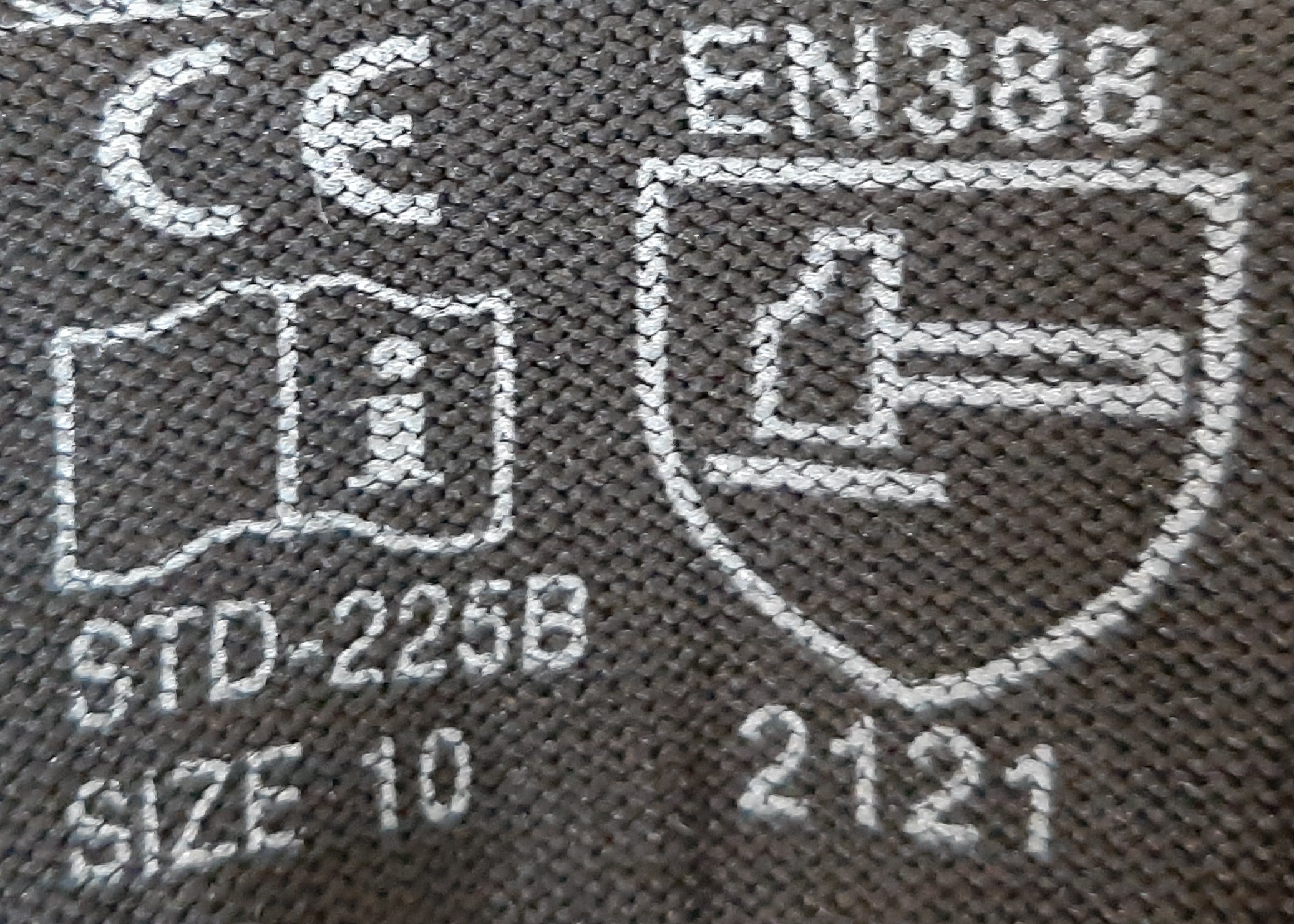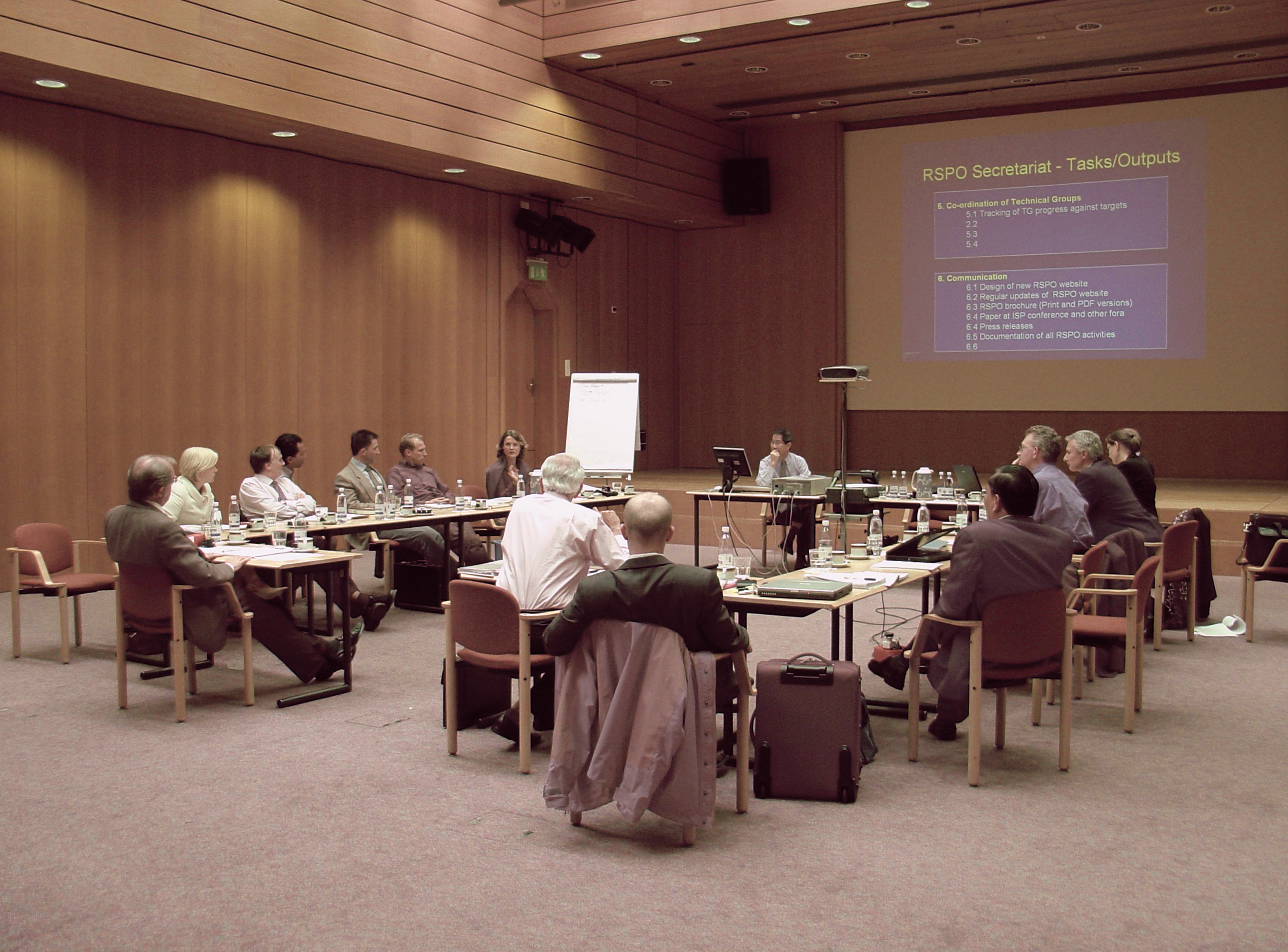|
BSI Group
The British Standards Institution (BSI) is the national standards body of the United Kingdom. BSI produces technical standards on a wide range of products and services and also supplies standards certification services for business and personnel. History BSI was founded as the Engineering Standards Committee in London in 1901.Robert C McWilliam. BSI: The first hundred years. 2001. Thanet Press. London It subsequently extended its standardization work and became the British Engineering Standards Association in 1918, adopting the name British Standards Institution in 1931 after receiving a Royal Charter in 1929. In 1998 a revision of the Charter enabled the organization to diversify and acquire other businesses, and the trading name was changed to BSI Group. The Group now operates in 195 countries. The core business remains standards and standards related services, although the majority of the Group's revenue comes from management systems assessment and certification work. I ... [...More Info...] [...Related Items...] OR: [Wikipedia] [Google] [Baidu] [Amazon] |
Standards Organization
A standards organization, standards body, standards developing organization (SDO), or standards setting organization (SSO) is an organization whose primary function is developing, coordinating, promulgating, revising, amending, reissuing, interpreting, or otherwise contributing to the usefulness of technical standards to those who employ them. Such an organization works to create uniformity across producers, consumers, government agencies, and other relevant parties regarding terminology, product specifications (e.g. size, including units of measure), protocols, and more. Its goals could include ensuring that Company A's external hard drive works on Company B's computer, an individual's blood pressure measures the same with Company C's sphygmomanometer as it does with Company D's, or that all shirts that should not be ironed have the same icon (a clothes iron crossed out with an X) on the label. Most standards are voluntary in the sense that they are offered for adoption by people ... [...More Info...] [...Related Items...] OR: [Wikipedia] [Google] [Baidu] [Amazon] |
Royal Charter
A royal charter is a formal grant issued by a monarch under royal prerogative as letters patent. Historically, they have been used to promulgate public laws, the most famous example being the English Magna Carta (great charter) of 1215, but since the 14th century have only been used in place of private acts to grant a right or power to an individual or a body corporate. They were, and are still, used to establish significant organisations such as boroughs (with municipal charters), university, universities, and learned society, learned societies. Charters should be distinguished from royal warrant of appointment, royal warrants of appointment, grant of arms, grants of arms, and other forms of letters patent, such as those granting an organisation the right to use the word "royal" in their name or granting city status in the United Kingdom, city status, which do not have legislative effect. The British monarchy list of organisations in the United Kingdom with a royal charter, ... [...More Info...] [...Related Items...] OR: [Wikipedia] [Google] [Baidu] [Amazon] |
Judith Hackitt
Dame Judith Elizabeth Hackitt (born 1 December 1954) is a British engineer and civil servant. A former chair of the UK Health and Safety Executive, she is currently chair of manufacturing trade body EEF. Early life Hackitt was born on 1 December 1954 in Dordon, Warwickshire, England.Debrett's People of Today Ms Judith Hackitt, CBE Authorised Biography She graduated in from in 1975. Career After graduating from Imperial College, University o ...[...More Info...] [...Related Items...] OR: [Wikipedia] [Google] [Baidu] [Amazon] |
Construction Products Association
The Construction Products Association (CPA) is a UK construction industry trade association. It represents and champions manufacturers and suppliers of construction products. As well as representing some of the largest construction product manufacturers in the UK, the CPA also acts as the 'umbrella' trade organisation for dozens of sector and product-specific trade associations, which themselves represent thousands of companies, mostly SMEs and family-run businesses. History It was formed on 1 January 2000 as the result of a merger of the National Council of Building Materials Producers and the Association of Construction Products and Suppliers, and officially launched on 1 March 2000.Tarmac chief heads new construction industry body AggNet, 1 March 2000. Retrieved: 15 Janua ... [...More Info...] [...Related Items...] OR: [Wikipedia] [Google] [Baidu] [Amazon] |
Personal Protective Equipment
Personal protective equipment (PPE) is protective clothing, helmets, goggles, or other garments or equipment designed to protect the wearer's body from injury or infection. The hazards addressed by protective equipment include physical, electrical, heat, chemical, biohazards, and airborne particulate matter. Protective equipment may be worn for job-related occupational safety and health purposes, as well as for sports and other recreational activities. ''Protective clothing'' is applied to traditional categories of clothing, and ''protective gear'' applies to items such as pads, guards, shields, or masks, and others. PPE suits can be similar in appearance to a cleanroom suit. The purpose of personal protective equipment is to reduce employee exposure to hazards when engineering controls and administrative controls are not feasible or effective to reduce these risks to acceptable levels. PPE is needed when there are hazards present. PPE has the serious limitation that it d ... [...More Info...] [...Related Items...] OR: [Wikipedia] [Google] [Baidu] [Amazon] |
CE Marking
The presence of the logo on Product (business), commercial products indicates that the Manufacturing, manufacturer or importer affirms the goods' conformity with European Environment, health and safety, health, safety, and environmental protection Technical standard, standards. It is not a quality indicator or a certification mark. The CE marking is required for goods sold in the European Economic Area (EEA); goods sold elsewhere may also carry the mark. The mark indicates that the product may be traded freely in any part of the European Economic Area, regardless of its country of origin. It consists of the CE logo and, if applicable, the four digit identification number of the notified body involved in the conformity assessment procedure. Meaning The mark on a product indicates that the manufacturer or importer of that product affirms its compliance with the relevant European Union law, EU legislation and the product may be sold anywhere in the European Economic Area (EEA) ... [...More Info...] [...Related Items...] OR: [Wikipedia] [Google] [Baidu] [Amazon] |
Kitemark
The Kitemark is a UK product and service quality trade mark which is owned and operated by the British Standards Institution (BSI Group). According to BSI, Kitemark certification confirms that a product or service's claim has been independently and repeatedly tested by experts, meaning that purchasers can have trust and confidence in products and services that are BSI Kitemark certified. The Kitemark is most frequently used to identify products where safety is paramount, such as crash helmets, smoke alarms and flood defences. In recent years, the Kitemark has also been applied to a range of services, such as electrical installations; inclusive service provision; car servicing and accident repair; and window installations. The term kite mark is sometimes used colloquially as a level of quality that can be used as a standard against which something of a similar type can be measured or judged, i.e. as a benchmark. Common household or consumer products that are often Kitemark ce ... [...More Info...] [...Related Items...] OR: [Wikipedia] [Google] [Baidu] [Amazon] |
BSI Group Kitemark Certification Symbol
BSI may refer to: Businesses and organizations * BSI Ltd, formerly Banca della Svizzera Italiana * BSI Group or British Standards Institution * The Baker Street Irregulars, a literary society devoted to Sherlock Holmes * Bank Saderat Iran * Bank Syariah Indonesia * Bible Society of India * Botanical Survey of India * British Society for Immunology * Federal Office for Information Security (German: ''Bundesamt für Sicherheit in der Informationstechnik'') * Bureau of Special Investigation, Myanmar Other uses * BSI coupling, a railway coupling or coupler * Back-illuminated sensor, also known as backside illumination (BSI) sensor, a type of digital image sensor * Bloodstream infections * Body substance isolation * Balesin Airport, IATA code BSI * Bangunan Sultan Iskandar, border checkpoint in Johor, Malaysia See also * BS (other) * BS1 (other) * CBSI (other) CBSI may refer to: * CBSI-FM, Sept-Îles, Quebec, Canada; a French-language radio station ... [...More Info...] [...Related Items...] OR: [Wikipedia] [Google] [Baidu] [Amazon] |
ISO 31000
ISO 31000 is an international standard that provides principles and guidelines for risk management. It outlines a comprehensive approach to identifying, analyzing, evaluating, treating, monitoring and communicating risks across an organization. The goal of these standards is to provide a consistent vocabulary and methodology for assessing and managing risk, addressing long-standing ambiguities and inconsistencies in how risk has traditionally been defined and described. They are designed to be compatible with and integrated into existing management systems, supporting a unified and systematic approach to risk across all organizational functions. Introduction ISO 31000 was published as a standard on 13 November 2009, and provides a standard on the implementation of risk management. A revised and harmonized ISO/IEC Guide 73 was published at the same time. The purpose of ISO 31000 is to provide a guideline on managing risk faced by organizations Using a common approach for any ty ... [...More Info...] [...Related Items...] OR: [Wikipedia] [Google] [Baidu] [Amazon] |
ISO 22000
ISO 22000 is a food safety management system by the International Organization for Standardization (ISO) which is outcome focused, providing requirements for any organization in the food industry with objective to help to improve overall performance in food safety. These standards are intended to ensure safety in the global food supply chain. The standards involve the overall guidelines for food safety management and also focuses on traceability in the feed and food chain. Food safety Food safety refers to all those hazards, whether chronic or , that may make food injurious to the health of the consumer. ISO 22000 standard ISO 22000 is the most popular voluntary food safety international standard in the food industry with 51,535 total number of sites (as per thISO Survey 2022. The ISO 22000 family are international voluntary consensus standards which align to Good Standardization Practices (GSP) and the World Trade Organization (WTO) Principles for the Development of Internation ... [...More Info...] [...Related Items...] OR: [Wikipedia] [Google] [Baidu] [Amazon] |
Roundtable On Sustainable Palm Oil
The Roundtable on Sustainable Palm Oil (RSPO) was established in 2004 with the objective of promoting the growth and use of sustainable palm oil products through global standards and multistakeholder governance. The seat of the association is in Zürich, Switzerland, while the secretariat is currently based in Kuala Lumpur, with a satellite office in Jakarta. RSPO currently has 5,650 members from 94 countries. The RSPO was established following concerns raised by non-governmental organizations about environmental impacts resulting from palm oil production. 51,999,404 metric tonnes of palm oil fruit produced in 2016 was RSPO certified. Products containing Certified Sustainable Palm Oil (CSPO) can carry the RSPO trademark. Members of the RSPO include palm oil producers, environmental groups, and manufacturers who use palm oil in their products. In 2014, Indonesia accounted for 40% of global palm oil production and 44% of the total RSPO-certified areas. After the meeting in 20 ... [...More Info...] [...Related Items...] OR: [Wikipedia] [Google] [Baidu] [Amazon] |



